Health
How Mobile Apps Are Powering Remote Patient Monitoring in 2025
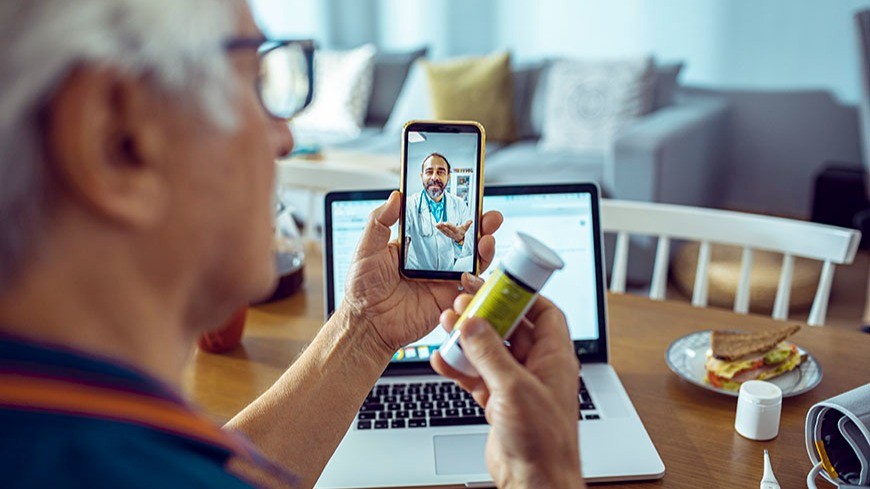
Picture this: a chronically ill patient experiences alarming symptoms during the night. Instead of having to wait until morning to visit the hospital, their wearable device could transmit the vitals to their doctor in real-time, sending an automated alert through the remote monitoring system.
The physician can assess the symptoms and adjust medications in real-time via a secure mobile app, schedule an online consultation or even dispatch emergency care if required.
This proactive, smart healthcare is not a dream anymore; it’s become a reality, all thanks to Remote Patient Monitoring (RPM) solutions. The healthcare industry is going through an unstoppable change, driven by the growing demand for real-time patient monitoring, enhanced patient engagement and improved data accessibility.
With RPM, healthcare services can be extended beyond the walls of a hospital, enhancing patient outcomes while cutting-down operational costs at the same time. From chronic care to post-op recovery, patients can now be monitored in real-time via smartphones.
Do you also want to build a Remote Patient Monitoring (RPM) app? Partnering with a leading mobile development company in Houston can be your ideal move.
Not sure how this works? This article explores in detail about how mobile apps are powering remote patient monitoring in 2025.
What Is Remote Patient Monitoring?
RPM can be referred to leveraging connected technology for tracking a patient’s health outside traditional settings. It involves the use of smart medical devices and wearables in the collection of health data such as, glucose, blood pressure, heart rate, and oxygen saturation – as well as transmitting them to the healthcare providers in real-time.
That is exactly where smart mobile apps come in: they act as a bridge between patients and healthcare providers. They are thoroughly programmed to sync with Bluetooth-enabled devices, gather data, display trends, trigger alerts, and allow for instant communication. Without a proactively built mobile application, RPM is just raw data and nothing else.
So, if you want your RPM system to attain the competitive edge, partner with an app development service to get it integrated with a robust mobile solution.
Why Is RPM Booming in 2025?
There are multiple factors accelerating the adaption of RPM and mobile apps are central to all of them:
- An increased percentage of the population is aging meaning more patients are handling chronic conditions that require constant traction and monitoring.
- The shortfall in healthcare staffing is also contributing to the boom of RPM because they require very less clinicians to handle more patients effectively in comparison to the traditional settings.
- Insurance companies are prioritizing RPM-related services over conventional ones because of the time and budget efficiency they bring along.
- Consumers’ expectations are changing and people look for seamless healthcare options more than ever.
The integration of RPMs with smart mobile applications make them highly accessible, scalable and user-friendly. The apps fill in gaps between everyday patient behavior and sophisticated health tech, making healthcare simple yet accessible.
Core Features of RPM Apps That Matter in 2025
The RPM apps built today are way more than just data dashboards, they are built with accessibility, user real-time responsiveness in mind. Here’s a description of core features that can make or break an RPM app in 2025:
Seamless Device Integration
Whether it’s a connected glucometer, a Fitbit, or an FDA-cleared heart rate monitor, the app must instantly connect with 100% reliability. BLE (Bluetooth low energy) integrations have matured over time and developers now are focusing on plug-and-play experiences for patients that require no manual syncing and configuration headache.
Real-Time Alerts and Notifications
The core value of RPM lies in quick and easy intervention. And that can only happen if the app can automatically alert the healthcare providers each time a threshold is crossed. Be it a missed medication, a spike in blood pressure or sugar levels – real-time alerts and notifications have become crucial to the success of RPM mobile applications.
Bidirectional Communication
In 2025, RPM apps are not only pushing data one-way. Instead – they allow secure video calls, chats and IA-powered symptom checkers to make sure both patients and providers can interact whenever in need and face no obstacles or delays.
AI and Predictive Analytics
RPM apps built with the latest technology and modern approach can now analyze health trends and predict risks before they escalate. For instance, oxygen levels of a patient might look normal in isolation – an app integrated with AI can flag patterns indicating early signs of respiratory distress.
HIPPA-Compliant Cloud Infrastructure
Security is a must. RPM apps must store and transmit data using end-to-end encryption, comply with GDPR, HIPPA, and related global regulations, as well as offer two-factor authentication. In fact, cloud platforms such as Google Cloud Healthcare API and AWS HealthLake are being integrated into the RPM apps by default to make things even better.
The Impact of Mobile RPM on Healthcare Outcomes
Healthcare outcomes are significantly improving. While there are multiple areas of transformations, Mobile RPM is playing an integral role. Here’s a brief description of how mobile RPM is making an impact on the healthcare outcomes:
Reduced Hospital Readmissions
RPM apps have significantly cut-down hospital readmissions, especially for patients with diabetes, heart failures or COPD. Healthcare providers and clinicians can determine issues early, intervene with a medication adjustment or a teleconsultation, and avoid any unnecessary visits to the ER.
Increased Patient Engagement
With patients being able to access their own data quickly and in an easy-to-understand format, as well as receive medication reminders, motivational messages, and easy clinical advice – the engagement would maximize and enhance patient outcomes at the same time.
Lower Healthcare Costs
RPM supported by mobile apps allow scalable care delivery. Replacing routine in-person checkups, clinicians can easily monitor patients through centralized dashboards. It can majorly decline the burden and cost for already stretched healthcare systems.
Challenges That Still Exist (And How Developers Are Tackling Them)
RPM via mobile apps is no doubt great, it does bring along some challenges. Let’s take a brief look at those challenges and how the developers are tackling them in 2025.
- Gaps In Digital Literacy – Not every patient is a pro with tech, especially the older population. To tackle this issue, developers today are focusing on frictionless UX, voice interfaces, large fonts, and tutorial walkthroughs.
- Connectivity Issues – underdeveloped or rural areas still face issues like internet gaps and troubled connections. Therefore, offline functionality and store-and-forward models are being heavily used in RPM mobile apps so that the data can be easily synced once the connection is reestablished.
- Alert Fatigue – too many or false alarms and alerts can overwhelm both providers and patients. AI-based filtering and threshold customization is helping cut the noise and enhance actionability.
Final Thoughts
Remote patient monitoring is no more a distant vision, it’s the now. And mobile apps are the core of successfully scalable yet effective RPM systems. From intelligent alerts to real-time data collection and doctor-patient communication, the smartphone in your hands has become a powerful healthcare tool that can handle it all efficiently.
In 2025, the difference between a good RPM app and a great one comes down to device compatibility, user-centric designs, data security, and real-time responsiveness.
Health
A Practical Guide to Personal Injury Claims Following a Burn Injury
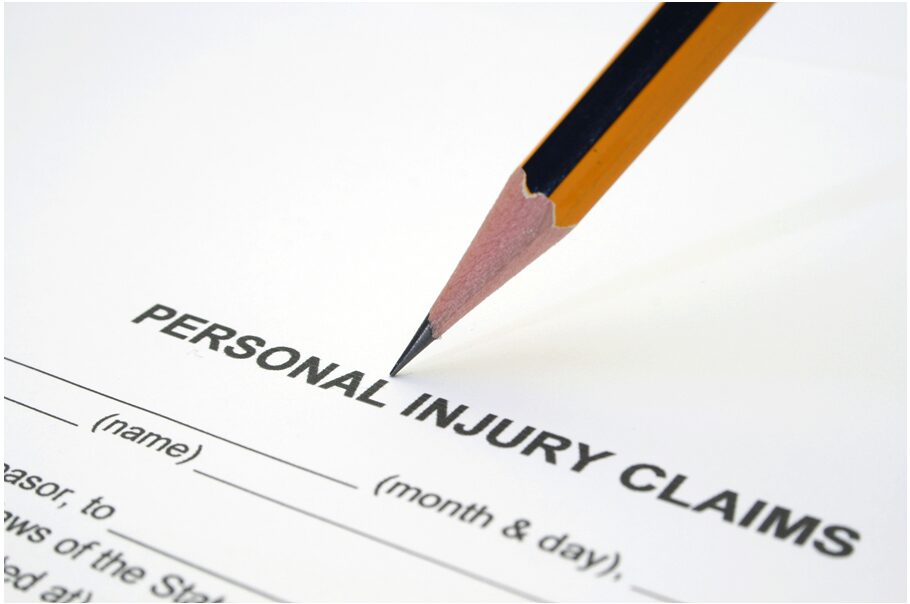
Suffering a severe burn can be traumatic, painful, and life-altering. If the burn was caused by someone else’s careless or wrongful conduct, you may benefit from the services of a burn injury attorney to help you seek compensation for your losses. Burn injuries often require extensive medical treatment, surgeries, rehabilitation, and can leave lasting physical, emotional, and financial scars. Understanding how personal injury claims work after a burn injury is essential to protect your rights and ensure you receive a fair recovery.
Different Types of Burns and Their Impact
Burn injuries vary a lot in cause, severity, and effects. Common types include thermal burns (from flames or hot objects), chemical burns, electrical burns or shocks, scalds (from hot liquids), friction burns, and injuries from explosions. Each type may lead to different kinds of tissue or nerve damage. Some burns affect deeper layers of skin; others injure organs or nerves and may impair the body’s ability to regulate heat or moisture (for example, damage to sweat glands).
The physical damage from burns isn’t all that matters. The emotional consequences—such as scarring, disfigurement, trauma from the accident itself, or changes in lifestyle—also weigh heavily in a personal injury claim. Documenting both the physical and non-physical impact (pain, mental distress, reduced ability to enjoy daily life) helps build a stronger case.
How to Collect Evidence and Build a Strong Case
To succeed in a burn injury claim, you’ll need to show that someone else was at fault (negligence or wrongdoing), and that this fault caused your injuries. Key components include proving that:
- Duty: The defendant owed you a legal obligation to act safely.
- Breach: They failed to meet that obligation.
- Cause: Their breach directly caused the burn injury.
- Damage: You suffered actual damages (medical bills, lost wages, pain, etc.)
Gathering evidence is a critical step. This evidence might include medical records, photos or videos of the injury site and your healing progress, eyewitness testimony, reports (fire, safety, police), and expert opinions (from medical experts, safety inspectors, etc.)
Calculating Damages: What You May Be Entitled To
Burn injury claims can involve several different categories of damage. Broadly they fall into “economic” and “noneconomic” damages:
- Economic damages cover tangible, measurable expenses like medical treatment, rehabilitation costs, surgeries, lost wages (both past and projected future lost income), property damage, and modifications required to accommodate your injuries.
- Noneconomic damages compensate for intangible harms—pain and suffering, emotional distress, disfigurement, loss of quality of life, loss of consortium, etc.
In cases of extreme misconduct, it may also be possible to seek punitive damages—these are intended to punish the wrongdoer and deter similar behavior in the future.
If the burn injury results in death due to negligence, a wrongful death claim may also be available. Family members may be able to recover losses related to death, including funeral expenses and loss of companionship.
Timeliness and Legal Process
It is very important not to delay pursuing a claim. Each jurisdiction has statutes of limitations, or legal deadlines, by which a lawsuit must be filed. Missing these time limits can mean losing your right to compensation permanently.
The process typically involves:
- A free or low-cost initial consultation with an attorney
- Investigation and gathering of evidence
- Negotiation with insurance companies
- If necessary, taking the case to court
- Documentation of injury, medical treatment, future prognosis, and life impacts.
Why Getting Help Matters
Navigating a personal injury claim after a burn injury is rarely simple. Insurance companies often push for low settlements, and proving fault in serious burn cases can be complex. Having capable legal representation helps ensure your rights are protected and that every aspect of your damage—economic and emotional—is considered. An experienced attorney can handle collection of evidence, expert testimony, negotiation, and if necessary, litigation.
Conclusion
Burn injuries can change lives. If you or someone close to you has suffered due to someone else’s negligence, understanding your rights, acting quickly, and getting solid evidence are key. With careful preparation and trustworthy legal help, you have a better chance of recovering damages that truly reflect the harm done. Don’t wait—seek advice early to give your claim the best possible chance of success.
Health
How Senior Living Communities Support Healthy Aging
What Is Senior Living?
Senior living communities have evolved to cater to the unique needs of adults aged 55 and older, offering a variety of living arrangements that ensure both independence and support. These communities provide an engaging environment with amenities designed for comfort, companionship, and individual growth. For families seeking specialized options, senior assisted living Visalia, CA exemplifies how modern communities blend personalized care with vibrant daily life, so each resident can thrive physically, socially, and emotionally. Choosing a senior living community today means more than finding a safe place to live; it’s about gaining access to enriching experiences, social circles, and wellness programs tailored to support aging in every aspect. From independent living to supportive assisted living, seniors benefit from purposeful design and professional staff dedicated to whole-person well-being.
Why Social Connection Is Crucial for Older Adults
Staying socially connected is vital to maintaining health and happiness in later years. Research from the National Institute on Aging underscores a powerful truth: loneliness and social isolation can be as detrimental as chronic health conditions like obesity or smoking. Within senior living communities, intentional design—from welcoming communal areas to regular group activities—ensures that every resident has opportunities to create friendships, build support networks, and ward off the negative impacts of isolation. Community events, hobby groups, and shared meals foster authentic relationships and support, which are especially important for cognitive health and emotional resilience. By living in a place where connection is prioritized, older adults enjoy a stronger sense of belonging and purpose each day.
Modern senior living communities are dynamic environments focused on more than shelter—they offer a wide array of wellness programs proven to support long-term health. Activities such as gentle exercise classes, meditation sessions, cognitive games, and social clubs are structured to promote physical fitness, mental acuity, and general well-being. According to Harvard Health, regular physical activity is linked to greater longevity and a reduction in age-related functional decline. Residents frequently discover new hobbies, revisit old passions, and form wellness habits that enrich their golden years, all under the guidance of supportive professionals who understand the unique needs of the aging population.

Nutrition and Meal Planning for Seniors
Nourishing the body is essential to staying healthy and energetic in later life. Senior living communities go beyond simply preparing meals—they use dietitians and culinary staff to create customized, nutrient-rich diets that factor in allergies, chronic conditions, and changing needs. These thoughtful meal plans promote not only good nutrition but also social interaction, as group dining encourages positive eating habits and a sense of camaraderie. Eating well is often easier in a supportive environment, where delicious, health-focused options are always available. This comprehensive approach to nutrition supports everything from brain health to mobility, empowering residents to lead active, satisfying lives.
Safety and Peace of Mind
Security is a key concern as we age, and reputable senior living communities are designed with safety at the forefront. An on-site, well-trained staff, secure access points, and responsive health systems enable residents to relax and enjoy their independence. Advanced technologies, such as emergency call systems and in-home sensors, provide additional layers of protection, giving peace of mind to both seniors and their families. By fostering an environment of safety, senior living removes the anxiety of daily living risks and allows residents to focus fully on enjoying their next chapter.
Ways to Stay Active in Senior Communities
- Walking clubs and scenic nature strolls for fresh air and exercise
- Adapted yoga or Tai Chi classes that nurture balance and flexibility
- Creative pursuits such as art workshops and writing groups
- Book clubs and film screenings for intellectual stimulation
- Community gardening projects that foster connection to nature
- Volunteer and mentoring programs that emphasize giving back
These opportunities help residents embrace daily activity, enhance cognitive function, and enjoy the benefits of lifelong learning and exploration.
Family Involvement and Support Systems
Transitioning to a senior living community doesn’t mean leaving family behind. Modern communities recognize the importance of family involvement—encouraging regular visits, joint celebrations, and multigenerational activities that keep family bonds strong. Social workers and supportive staff also help families navigate the adjustment process, ensuring everyone involved is informed and comfortable with the changes. These robust support systems create a nurturing environment where seniors and their loved ones can grow closer, face challenges together, and celebrate milestones as a family unit.
Real-Life Benefits and Success Stories
Stories from residents shine a light on the life-changing advantages of senior living communities. Many seniors find renewed joy in activities they once loved or discover new passions in a supportive setting. Studies have confirmed that those engaged in group programs at senior communities report higher fulfillment and well-being than peers aging in isolation. The result is a richer, more meaningful experience during retirement years. Active participation, ongoing learning, and consistent social engagement all contribute to improved mental and physical health, demonstrating the true value these communities offer.
Conclusion
Senior living communities today are more than just residences—they are vibrant spaces where older adults can thrive physically, emotionally, and socially. With a focus on wellness programs, safety, meaningful activities, and family connections, these communities offer a holistic approach to aging well. By combining personalized care with opportunities for growth and engagement, senior living empowers residents to embrace their independence while enjoying the support they need. For families, this means peace of mind and the reassurance that loved ones are living with purpose, security, and joy.
Health
Journey to a Healthier Smile and Stronger Oral Health

Maintaining a healthy smile and promoting stronger oral health goes beyond just aesthetics—it’s about ensuring overall well-being. A healthy smile isn’t only a sign of good hygiene but also reflects your body’s general health. This guide explores actionable steps, insights, and tips to help you achieve and maintain a radiant smile that lasts a lifetime.
Understanding Oral Health Basics
Good oral health starts with understanding the basics of dental care. By addressing these foundational elements, you’ll set the stage for better hygiene and healthier teeth.
The Importance of Daily Oral Hygiene
Practicing daily oral hygiene is the first step to a healthier smile. Brushing twice a day and flossing daily help control plaque buildup and prevent gum diseases such as gingivitis.
- Brushing: Use a fluoride toothpaste and a soft-bristled toothbrush to gently brush for at least two minutes.
- Flossing: Cleaning between your teeth removes debris and plaque that a toothbrush can’t reach.
Consistency in these habits ensures cleaner teeth and fresher breath.
Nutrition and Its Role in Oral Health
Diet plays a significant role in maintaining strong teeth and gums. Foods that are high in calcium, such as dairy products and leafy greens, support enamel strength, while fibrous fruits and vegetables promote saliva production, which naturally cleanses your mouth.
Conversely, excessive sugar consumption fuels harmful bacteria that can lead to cavities and decay. Staying hydrated and replacing sugary snacks with healthier alternatives makes a tangible difference in oral care.
Common Oral Health Challenges
While daily hygiene and nutrition are essential, there are common challenges that can still compromise oral health. Recognizing these issues early can prevent more serious complications.
Tooth Decay and Cavities
Tooth decay occurs when plaque, the sticky, bacteria-filled substance on your teeth, interacts with sugary foods or drinks. Over time, this interaction erodes the enamel, leading to cavities. Preventing cavities involves limiting sugar intake, regular brushing, and getting professional cleanings.
Gum Disease
Gum disease, or periodontal disease, manifests as inflammation of the gums. Early stages, like gingivitis, can often be addressed with improved brushing and flossing. However, advanced stages may require professional intervention to restore gum health.
Advanced Solutions for Tooth Restoration
Even with diligent care, sometimes teeth sustain damage due to accidents or neglect. Restorative solutions can help rebuild your smile and enhance oral functionality.
Crowns and Fillings
Crowns and fillings are two of the most common treatments for restoring teeth. Fillings address cavities by sealing damaged areas, while crowns provide long-lasting solutions for teeth weakened by fractures or extensive decay.
Dental Implants
Dental implants are a modern solution for missing teeth. Unlike removable dentures, implants are fixed in place and fuse with the jawbone, providing a natural appearance and feel.
Whether you’re replacing a single tooth or several, restorative dentistry in Portland has numerous advanced options to help repair and enhance your oral health.
Preventative Care Tips for a Lifetime of Smiles
Prevention is the most effective strategy for maintaining strong oral health. By focusing on proactive care, you’ll minimize dental problems down the line.
Regular Dental Check-Ups
Routine visits to a dental professional are invaluable. Dentists can detect early signs of issues like decay, gum disease, or oral cancer. A typical recommendation is to schedule cleanings and exams twice a year.
Use Proper Techniques
Improper techniques during brushing or flossing may lead to issues like gum recession. Follow dentist-recommended practices to ensure you’re cleaning effectively without harming sensitive tissues.
Protect Your Teeth
If you participate in contact sports, wear a mouthguard to protect your teeth from injuries. Additionally, avoid chewing on hard objects like ice or pens to reduce the risk of fractures.
The Connection Between Oral Health and General Wellness
Your oral health impacts more than just your teeth and gums; it influences your overall quality of life. Poor oral hygiene has been linked to several health concerns, including heart disease, diabetes, and respiratory diseases. Taking care of your mouth means you’re also taking a proactive step toward improving your overall health.
Small Steps Lead to Big Results
A healthier smile doesn’t happen overnight. It’s the result of consistent habits, proactive care, and sometimes, restorative treatments. By focusing on daily oral hygiene, maintaining a balanced diet, and seeking professional advice when needed, you can enjoy a smile that’s both radiant and strong. Strong oral health is achievable for everyone, one small step at a time.
Start your journey today, and remember that your smile is an investment in your overall well-being.
-

 Tech6 months ago
Tech6 months agoSotwe STW Explained How a Radical Platform is Redefining Online Expression
-

 Entertainment8 months ago
Entertainment8 months agoHow Do I Turn On the Beatbot?
-
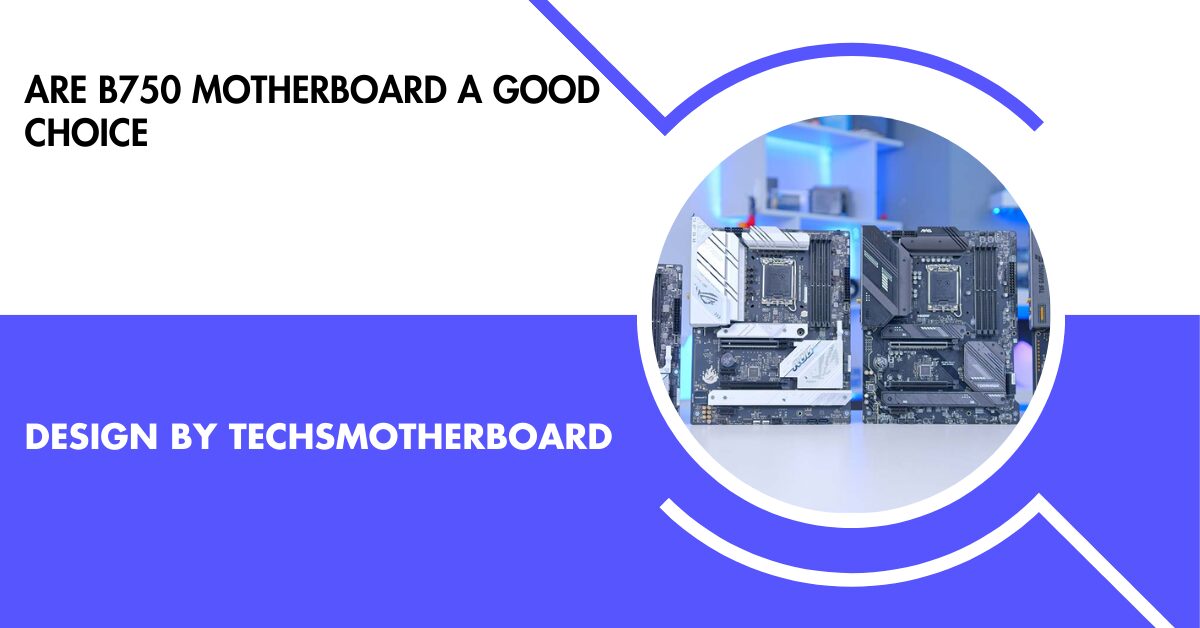
 Motherboard Guide1 year ago
Motherboard Guide1 year agoAre B750 Motherboard A Good Choice – A Complete Overview!
-
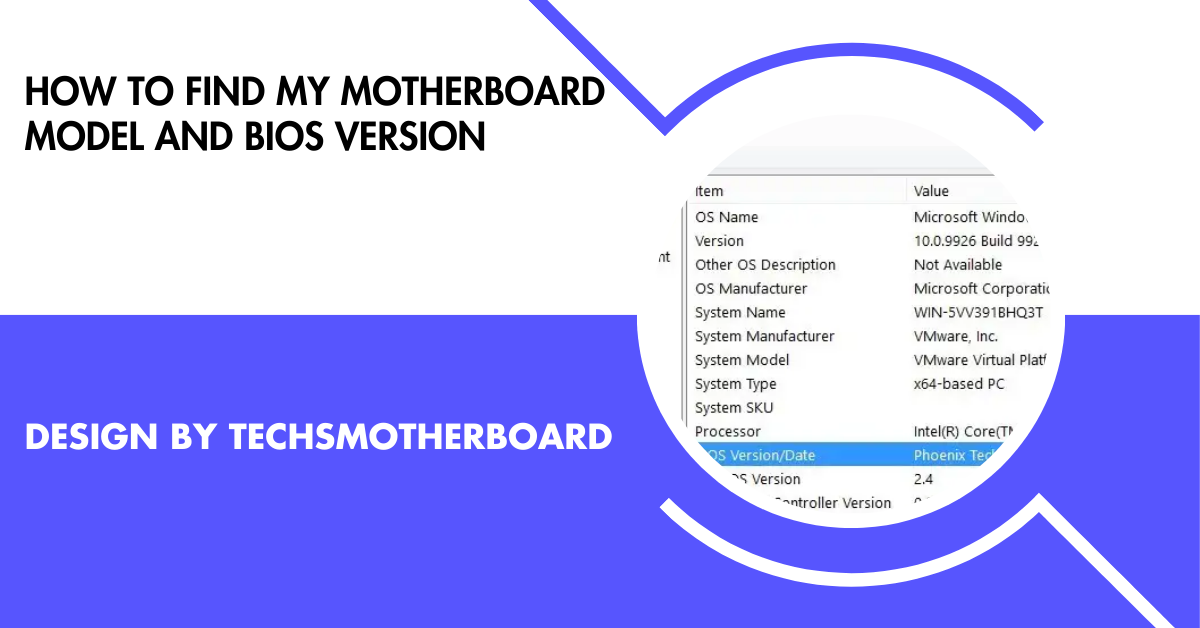
 Blog1 year ago
Blog1 year agoHow To Find My Motherboard Model And Bios Version – A Detailed Overview!
-
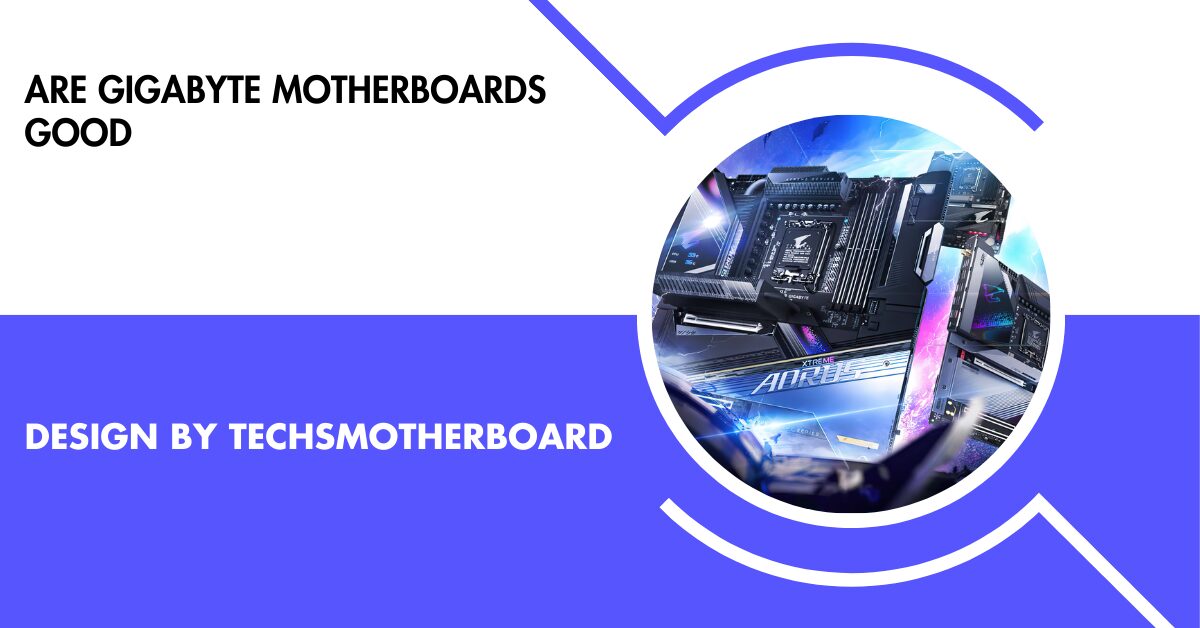
 Motherboard Guide1 year ago
Motherboard Guide1 year agoAre Gigabyte Motherboards Good – A Comprehensive Review!
-

 Blog3 months ago
Blog3 months agoHer Love Is A Kind Of Charity Password – The Hidden Meaning Behind the Phrase!
-
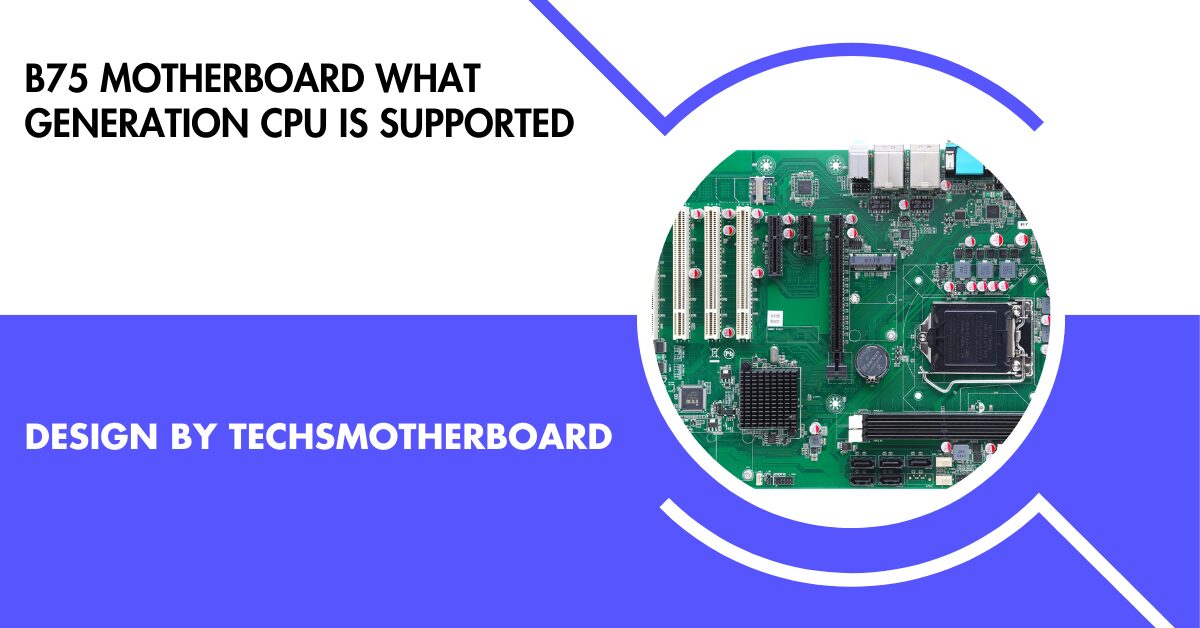
 Motherboard Guide12 months ago
Motherboard Guide12 months agoB75 Motherboard What Generation Cpu Is Supported – B75 Motherboard Cpu Support!
-
Motherboard Guide4 months ago
The Ultimate Croatia Travel Guide for First-Timers: Everything You Need to Know Before You Go

